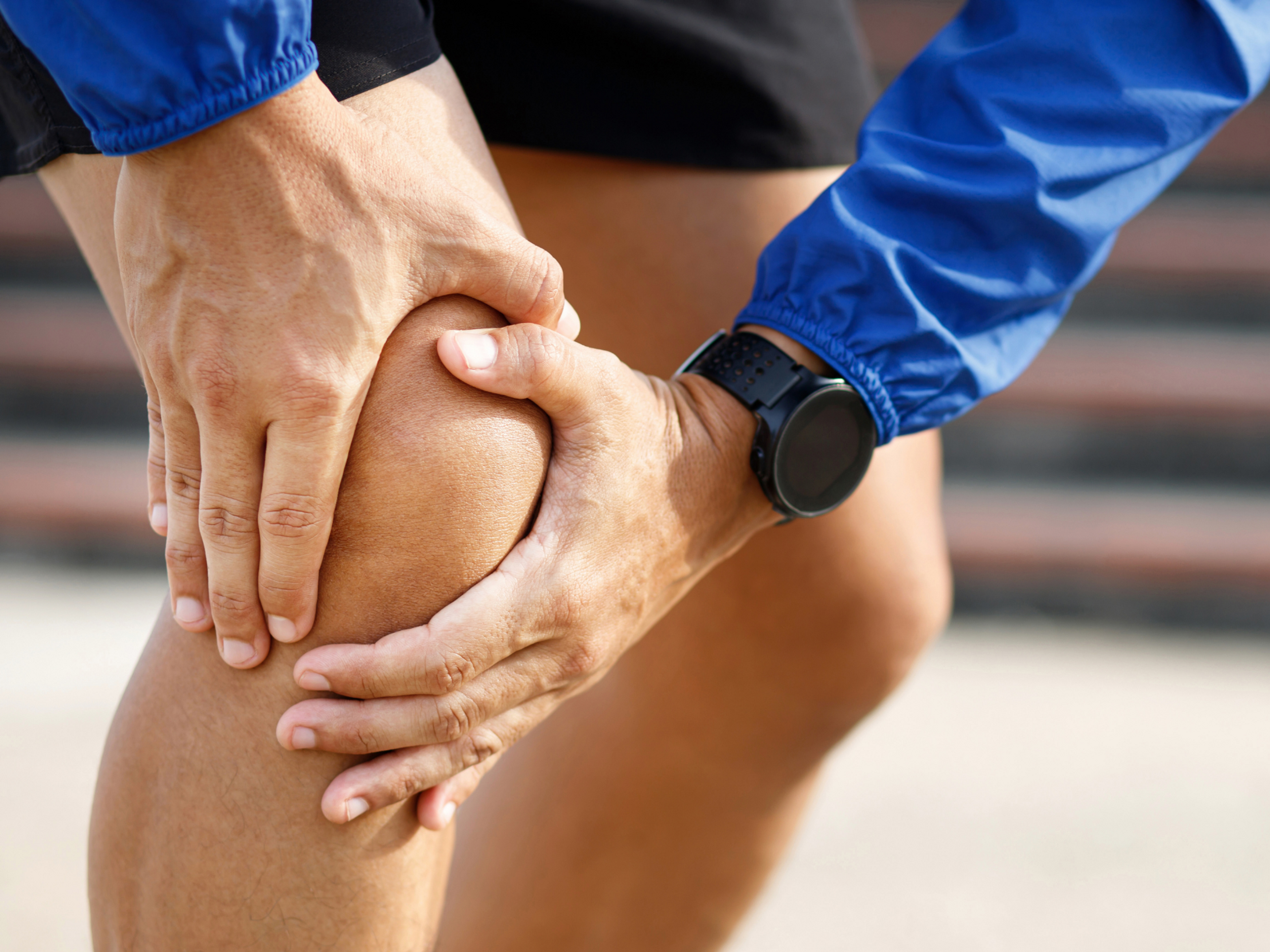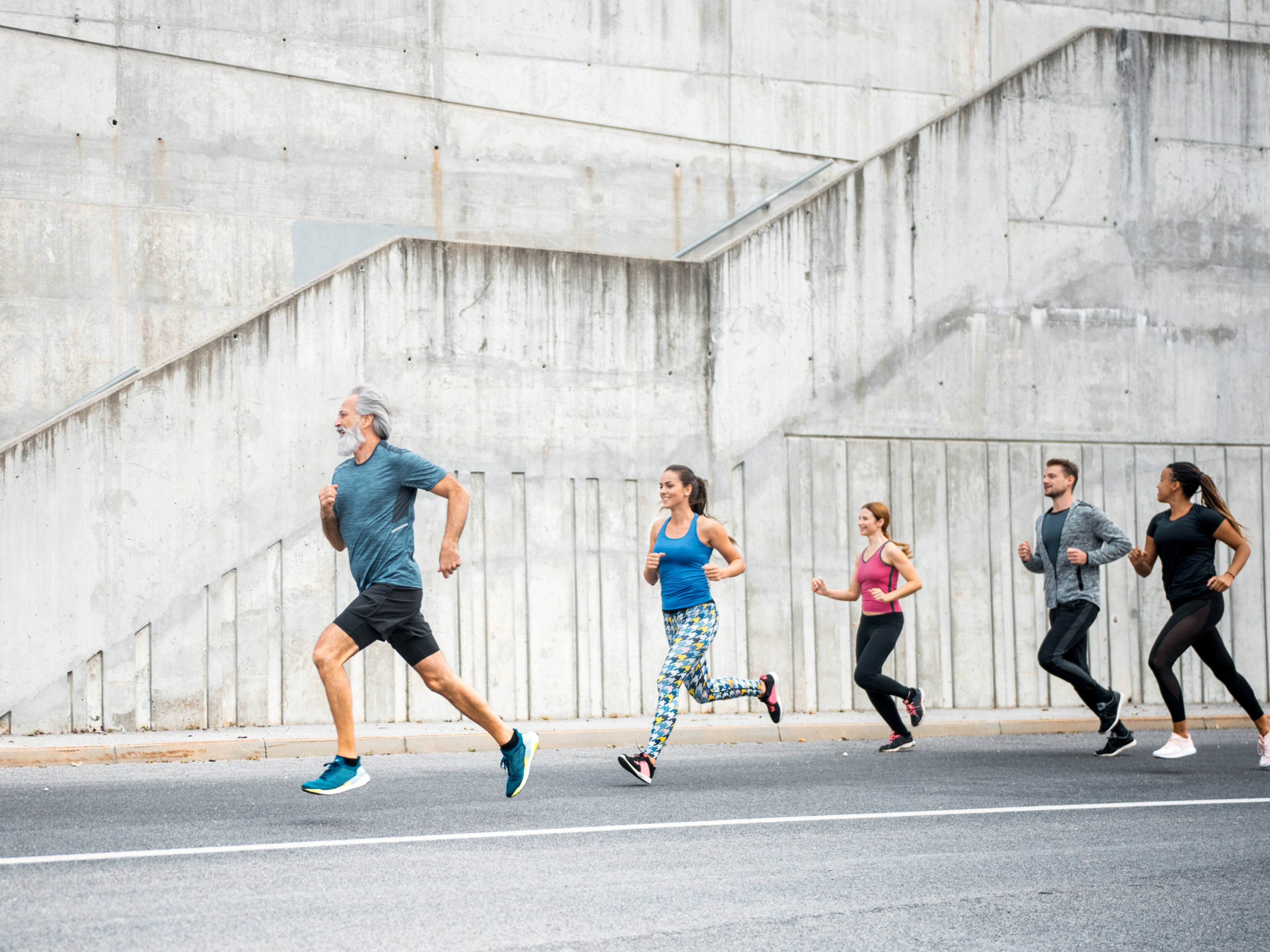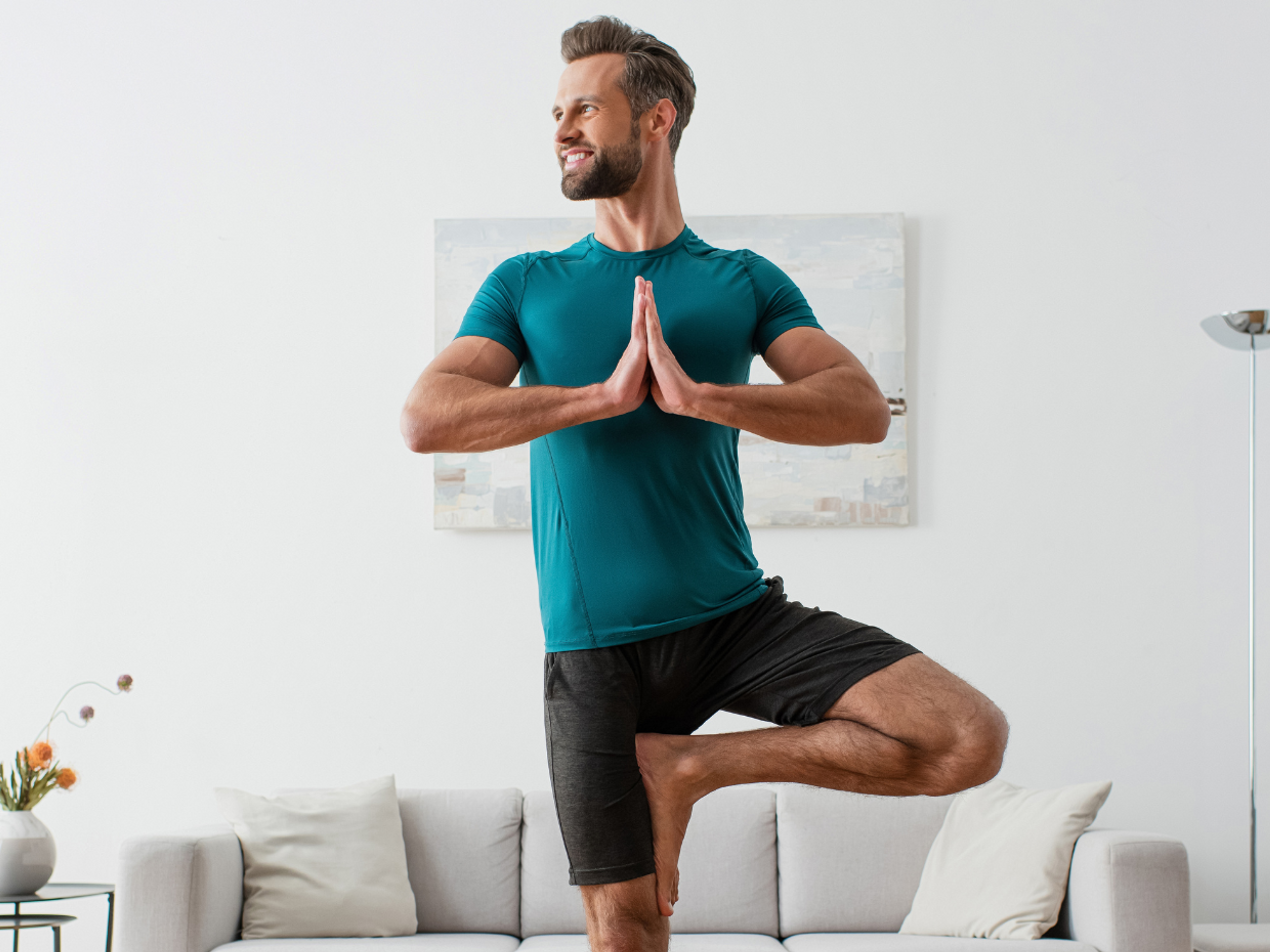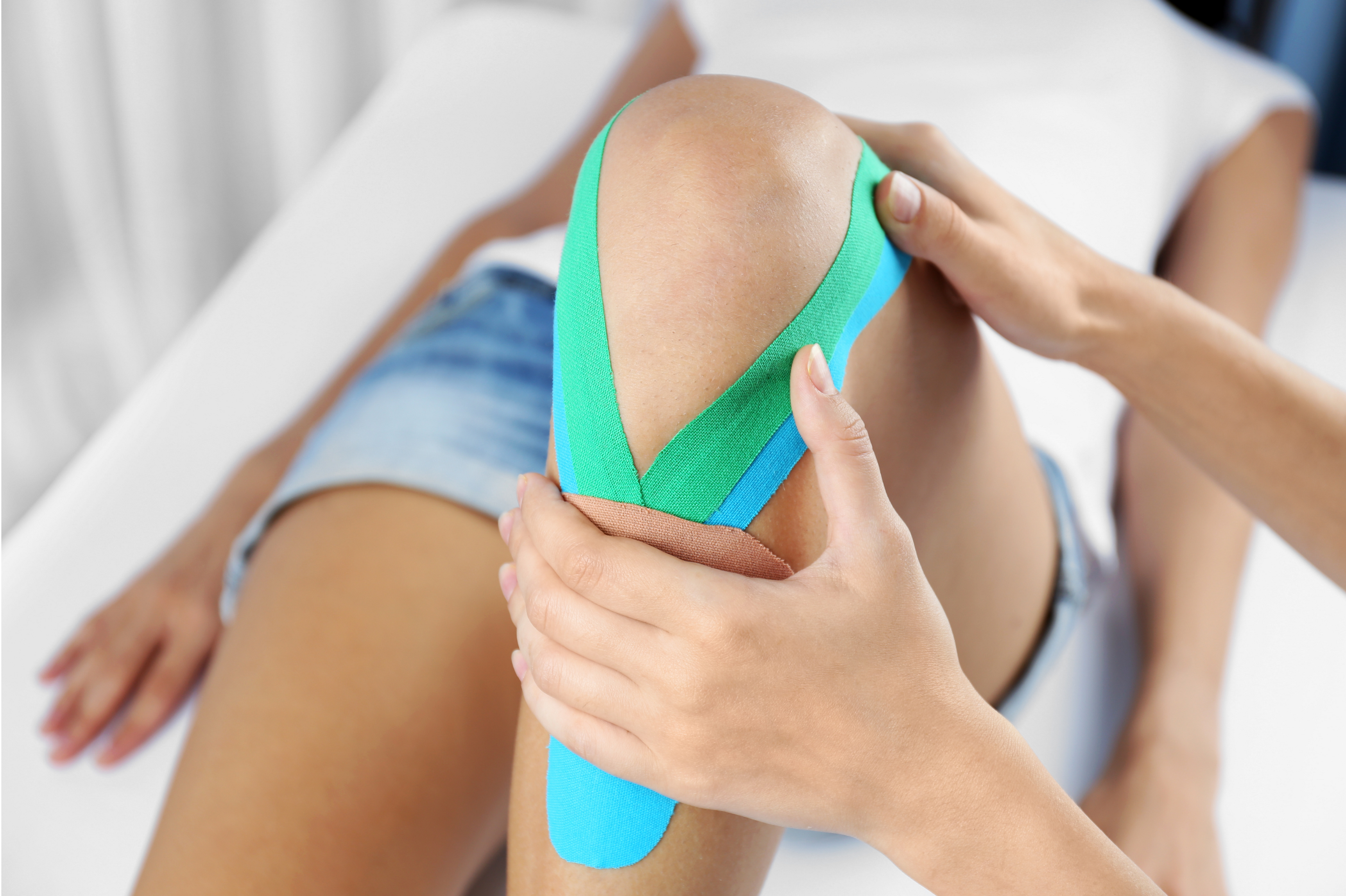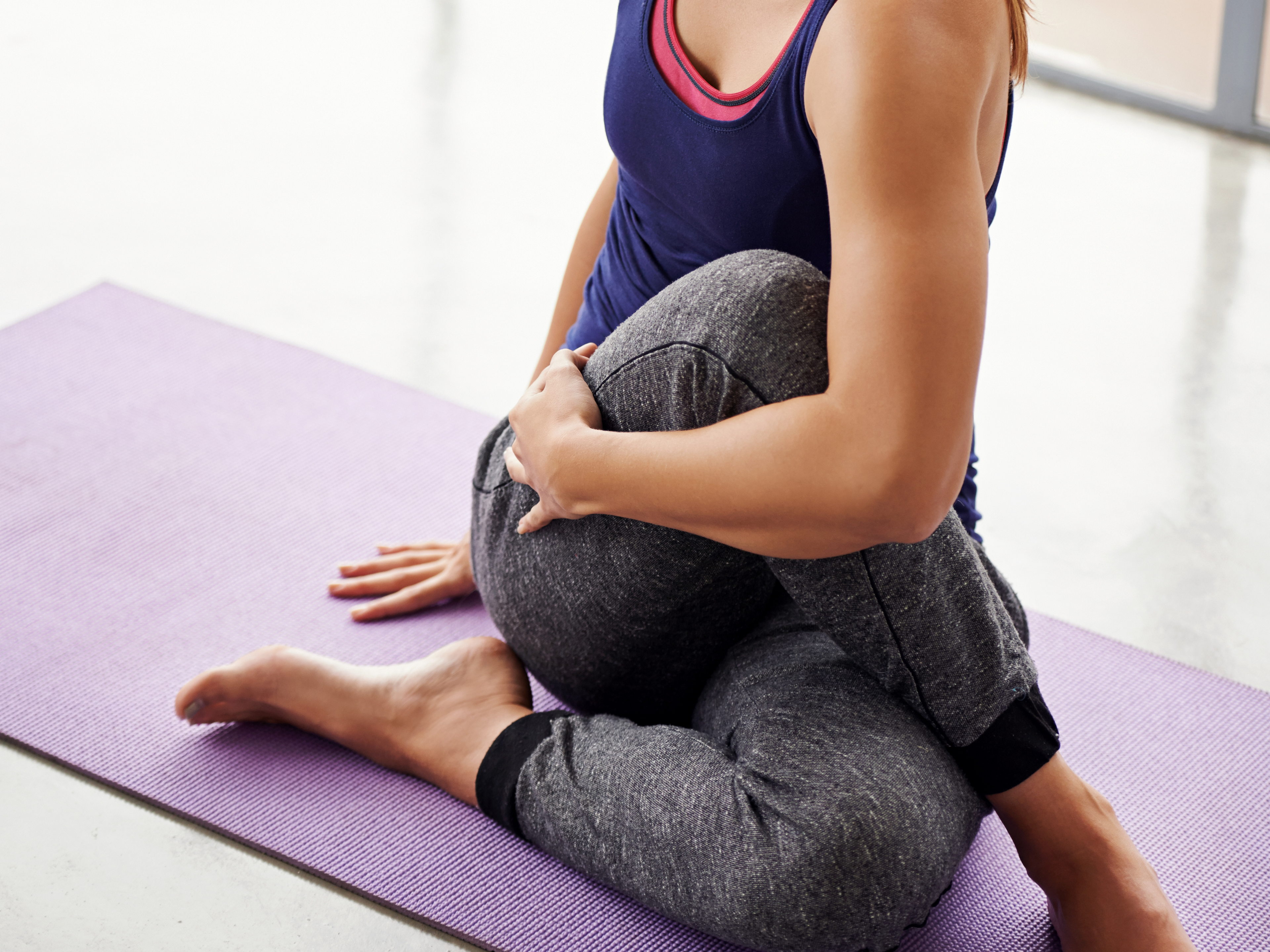Patellofemoral pain syndrome treatment exercises - Do's and Don'ts
Exercises work for patellofemoral pain because they address the underlying causes of your condition, not only your pain.
When choosing treatment exercises for patellofemoral pain syndrome, knowing what to avoid is just as important as knowing what to do. So, before we demo the exercises you should be doing, let's quickly look at what to avoid and why.
Common exercise pitfalls to avoid
The most common mistake people make (therapists included) is choosing exercises that don't match the knee's current strength and sensitivity.
Rehab exercises only work if they match your injury's stage of healing. If they are too advanced, they will overload the injured area and cause your patellofemoral pain to worsen.
The 2 most important factors to adjust for patellofemoral pain syndrome are...
Adapting your exercises to your patellofemoral pain syndrome recovery stage
Early rehab
When your knee's still easily irritated, it's usually best to focus on exercises that improve core and leg strength but don't move or load the knee.
Once your patellofemoral pain settles a bit, the high wall-sit exercise is often a good option to get the quads working, as it doesn't load the patellofemoral joint much.
Taping your knee can also help reduce your pain and allow you to better progress with your exercises.
Examples of early-stage exercises for patellofemoral pain syndrome
You can find a more detailed discussion about stretching and example stretches for patellofemoral pain syndrome in here.
Top tip!
Mid-stage rehab
Your early-stage rehab exercises must slowly increase in intensity until you're ready to start the mid-stage exercises safely.
It is usually best to still avoid loading the knee in positions that strongly compress the kneecap against the thigh bone (greater than a 90-degree knee bend), as that can easily cause a flare-up. Slowly build to using weights and moving into lower positions.
Examples of mid-stage exercises for patellofemoral pain syndrome
Want help with your rehab? The Exakt app guides you through the rehab process step by step. It provides straightforward advice on when to progress, maintain, or take your exercises back a level — helping to minimize flare-ups and keep you on track with your recovery.
Late-stage rehab
Moving on to exercises requiring greater control, like single-leg squats, is important. These resemble the loads and movements we use when we run. Ease into them slowly and continue to limit the range to above 90 degrees knee bend to avoid flare-ups.
The exercises must match your goals
Examples of late-stage exercises for patellofemoral pain syndrome
Sometimes, doing specific drills to improve your running form can also help.
Exercises to avoid in early treatment of patellofemoral pain syndrome
Why avoid them? These exercises create high forces in the patellofemoral joint. They can increase your pain if you do them during the early treatment stages of patellofemoral pain syndrome.
- Quadriceps (front thigh muscle) stretches
- Deep squats
- Leg extension machine
- Using heavy weights
- Single leg squats
- Lunges
This doesn't mean that these exercises are bad! As your recovery progresses, you can usually add them back in. Your physiotherapist can guide you on this.
What about VMO exercises?
Previously, it was thought that weak inner quadriceps muscles (Vastus Medialis Oblique) lead to poor kneecap tracking, which could increase the strain on certain parts of your patellofemoral joint and cause patellofemoral pain syndrome.
As a result, targeted VMO exercises were usually prescribed to help treat the condition.
However, research shows:
- Not all people with patellofemoral pain syndrome have weak VMO muscles
- VMO exercises don’t improve symptoms more than general quadriceps strengthening exercises
Based on these findings, and that general quad strengthening is much easier for people to grasp than isolated VMO exercises, many experts have moved away from prescribing them for patellofemoral pain syndrome.
Conclusion
Exercises are key to your recovery from patellofemoral pain syndrome. They can help you improve your biomechanics and strengthen your quadriceps to reduce the strain on your patellofemoral joint.
Knowing which exercises to do and how to start and progress your exercises correctly can mean all the difference for your recovery.
If you would like to learn more about patellofemoral pain syndrome, its causes, long-term effects, and other treatments, our overview article discusses all this and more.
